Part 1: Durian becomes common durian
Durian is a fruit tree with high economic value in both domestic consumption and export. In Long An , durian is concentrated in the Dong Thap Muoi region, with an area of about 780 hectares, yielding 2,830 tons/year. However, recently, durian prices have dropped sharply, combined with climate change, making durian become common durian.
Durian takes root in the "alum navel" area
Mr. Trieu Van Nhin's durian garden (Tan Lap commune, Tan Thanh district) has about 50 trees that died due to off-season fruiting combined with prolonged drought and salty water.
Tan Hiep commune is the locality with the largest durian growing area in Thanh Hoa district, Long An province with more than 100 hectares. Being a land of “alum” soil, no one dared to think that durian trees could take root, grow well and bring high income to Tan Hiep people.
Mr. Ho Van Troi is one of the first farmers to bring durian trees to Tan Hiep. He currently grows nearly 25 hectares, some of which have yielded fruit for three crops. After deducting expenses, he still has an average profit of nearly 1 billion VND/hectare. To achieve this profit, farmers must understand the techniques to cultivate effectively.
Mr. Troi shared: “There are closed dikes around the durian garden. Tan Hiep is a saline soil area, so when growing durian, farmers have to build high mounds. On average, from planting to harvesting the first crop, farmers invest 4-5 million VND/tree. Currently, the family's durian garden has been granted a growing area code. Thanks to that, in the harvest before the Lunar New Year of At Ty in 2025, traders will buy Ri6 durian at 50,000 VND/kg, and monthong durian at 100,000 VND/kg. The average profit is 1 billion VND/ha”.
Mr. Nguyen Van Duc, who is cultivating nearly 2 hectares of durian in Hamlet 4, Tan Hiep Commune, said: “At first, I was also worried because this is an alum land, rice cultivation is still difficult, with some crops failing, let alone fruit trees. But I worked hard to learn techniques, gradually improving and raising the land. After 5 years, the durian garden began to produce fruit stably. Last season, I sold nearly 30 tons of Ri6 durian at 48,000-52,000 VND/kg, after deducting expenses, I still made a profit of more than 700 million VND/ha.”
From this effectiveness, many other local farmers began to learn and expand the durian growing area. However, according to the functional sector, durian development in the Dong Thap Muoi region must be cautious, based on the planning of the growing area, water resources and the ability to link sustainable output.
Head of the Department of Agriculture and Environment of Thanh Hoa district - Nguyen Kinh Kha informed: "Durian is considered one of the fruit trees with high economic value. Through actual surveys, in areas with favorable soil conditions, proactive irrigation water and people investing in the right techniques, the results are very obvious, can achieve profits from 700 million to more than 1 billion VND/ha/year after deducting costs. Compared to growing rice or other short-term crops, growing durian brings many times higher income. However, this type of tree requires strict techniques and large investment costs. The district's Department of Agriculture recommends that people should not develop massively but need to closely follow the planning, choose suitable varieties, register growing area codes and link sustainable output."
Effective but precarious
Currently, durian prices have dropped sharply, farmers have very low profits.
Seven years ago, Mr. Tran Quoc Thinh (Tan Lap commune, Tan Thanh district) converted 5,000 square meters of rice land to grow durian. After four years, the durian garden began to bear fruit but the yield was low, about 2.5 tons, the price that traders bought at the garden was 60,000 VND/kg. Seeing that the surrounding households were processing the fruit out of season to sell at a higher price, Mr. Thinh followed suit. Lack of experience, combined with prolonged drought and salinity, led to the trees being weakened, and the durian garden failed to produce fruit.
According to experts, when durian trees are weak and lose strength, it is very difficult to recover and takes a lot of time. Therefore, even though they produce fruit in the right season, Mr. Thinh's durian garden still does not achieve the productivity and quality of the fruit, so traders are forcing down the price. Mr. Thinh said: "Initially, traders deposited 40,000 VND/kg. When the day of cutting came, traders said the fruit quality was not up to standard and there was no growing area code, so they only bought it for 35,000 VND/kg. Farmers refused to accept and returned the deposit. Seeing that durian trees would be weak if they were not cut at harvest time, I had to accept "dumping" them in the hope of getting back every penny I could. From the time I planted them until now, I still have not recovered my capital and am still in debt."
Also following the trend of dealing with durians that bear fruit out of season, but the results are not seen, only knowing that Mr. Trieu Van Nhin's durian garden (Tan Lap commune, Tan Thanh district) has about 30% dead, the remaining trees are weakened, losing strength, needing a long time to recover.
Mr. Nhin choked up and said: “My family has 180 durian trees that are 7 years old. Seeing that the durian trees are big and growing well, I decided to treat the fruit out of season. However, last year, the drought lasted for a long time, the water was salty, leading to a lack of irrigation water, so 50 trees died, the investment cost was 5-6 million VND/tree. Due to insufficient water supply, the fruit fell off, the last harvest only reached 2.5 tons, sold for 54,000 VND/kg, my family suffered a loss.”
Normally, May marks the start of the biggest fruit season of the year. This is also the time when China's fruit import market has many fluctuations in terms of mechanism, policy and competition. Recently, China has tightened its control over durian imports.
Mr. Dang Van Tuan - representative of Hung Nguyen Agricultural Import-Export Company Limited (Chau Thanh district), shared: "Exporting durian to the Chinese market not only requires growing area codes, packaging facility codes but also quality inspection of heavy metals such as cadmium and yellow O. In case a container truck of durian that does not meet standards has to turn back, the business loses about 1 billion VND. Recently, some traders, chasing profits, have been buying durians that are not yet ripe, so they are forced to use yellow O to ripen the fruit. This has disrupted the durian industry, affecting other traders."
According to information from the Department of Agriculture and Environment, Long An has been granted 5 packaging facility codes, 5 durian growing area codes and 7 growing area codes and is preparing documents and procedures to be recognized in the near future. However, currently, the management of growing area codes and packaging facility codes is not strict. Enterprises and farmers do not clearly understand the regulations on the use of growing area codes and packaging facility codes.
Ms. Do Thi Bay (Tan Lap commune, Tan Thanh district) said: “I was the first farmer to be granted a durian growing area code. However, because I did not understand, I signed a power of attorney for the enterprise to use the growing area code. After a while, my growing area code was revoked by China due to regulations. Without the growing area code, all durian acreage cannot be exported, it can only be sold domestically, so traders force down the price. This is a painful lesson that helps me realize the role of durian growing area codes for farmers.”
Farmers have not changed their awareness and production practices; traders are chasing profits; functional sectors lack inspection and supervision;... are the reasons why the durian industry is in trouble and unsustainable. So, what should the State, farmers and businesses do to find a way to develop the durian industry sustainably?./.
(to be continued)
Le Ngoc - Bui Tung
Part 2: Opening a sustainable path for the durian industry
Source: https://baolongan.vn/loi-di-nao-de-nganh-hang-sau-rieng-phat-trien-ben-vung-sau-rieng-thanh-sau-chung-ky-1--a197556.html


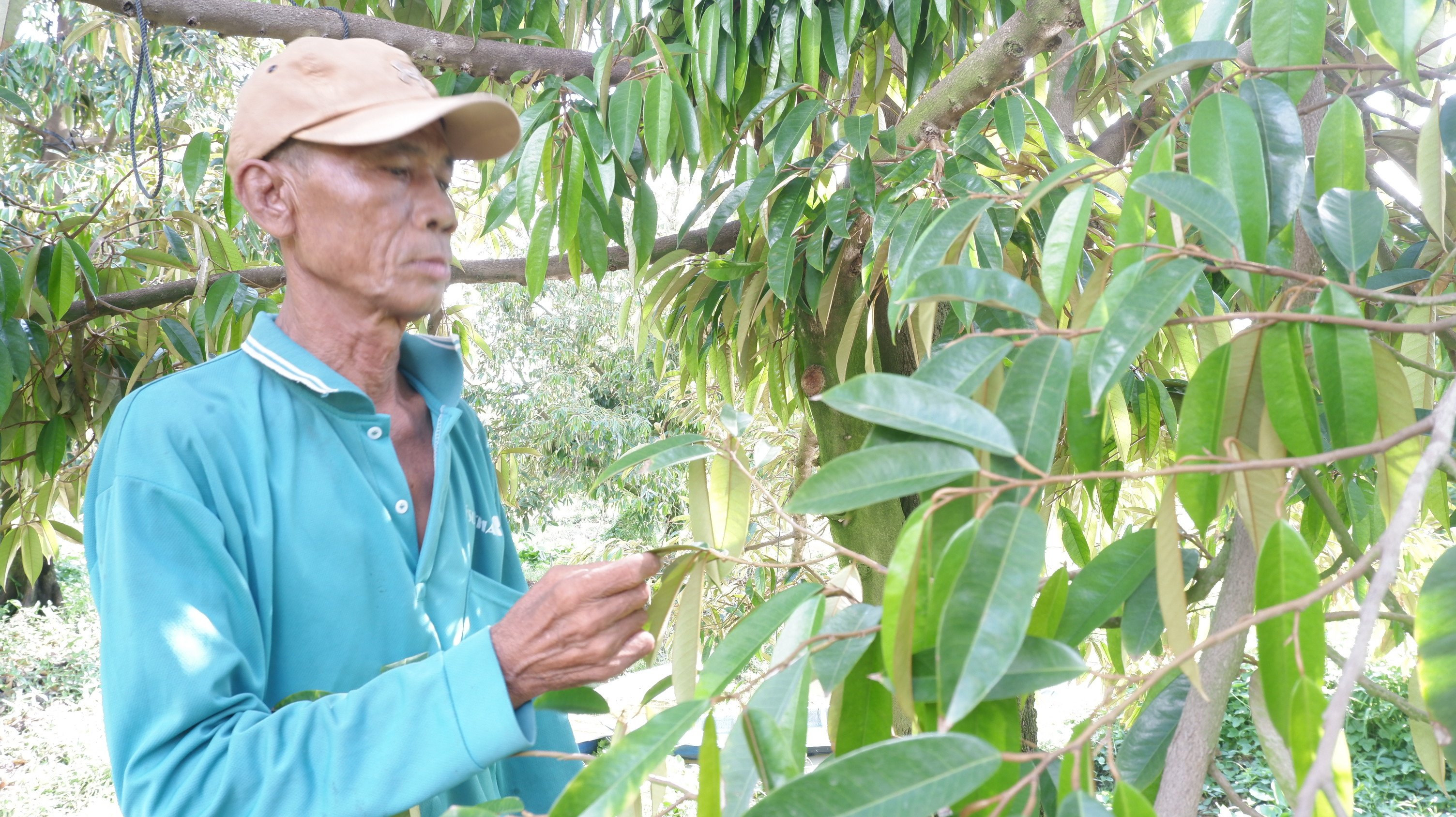
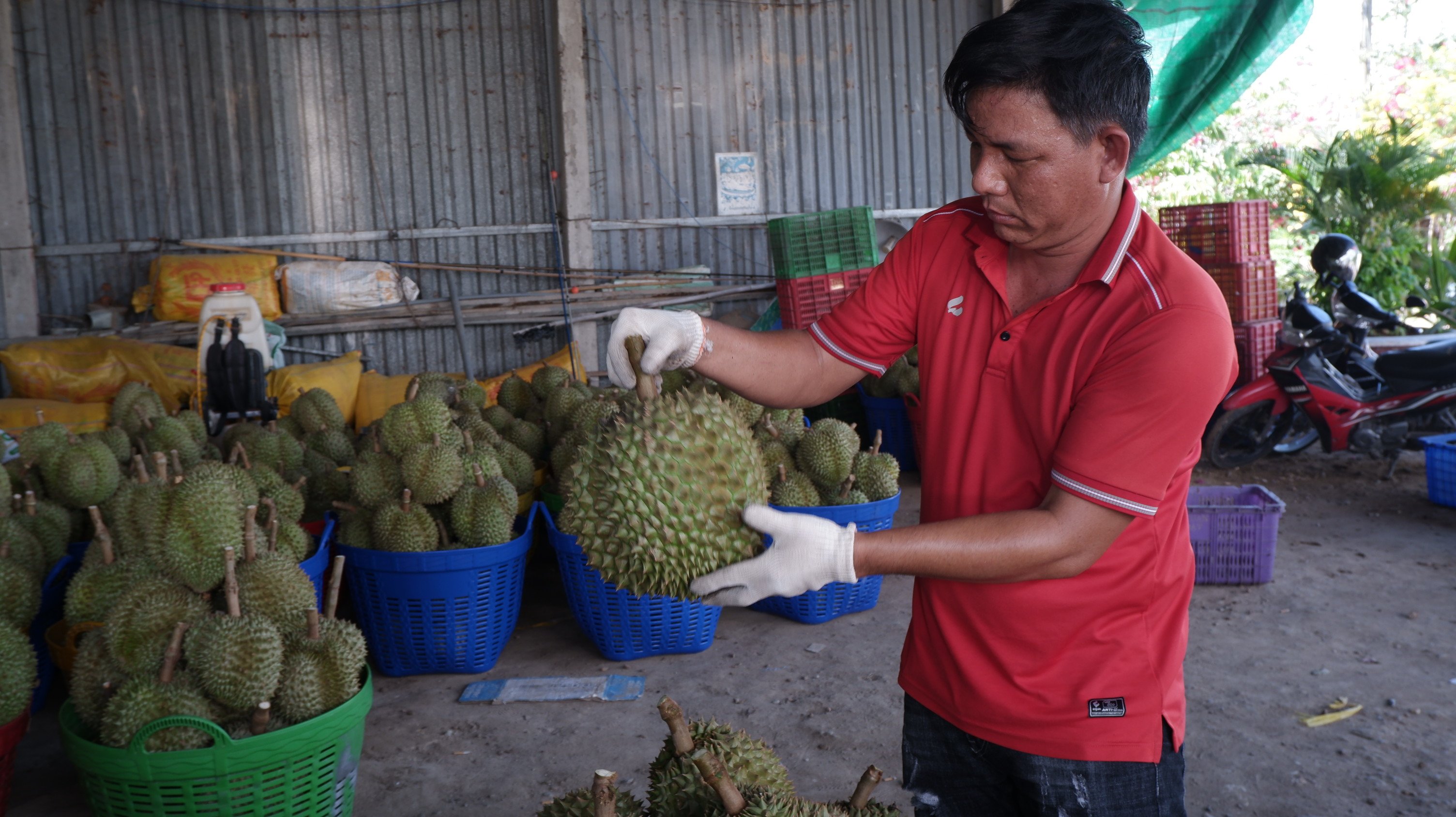








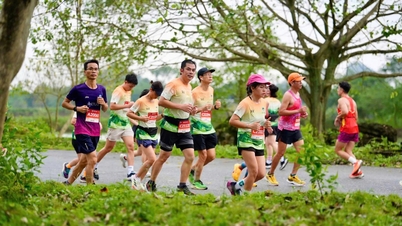








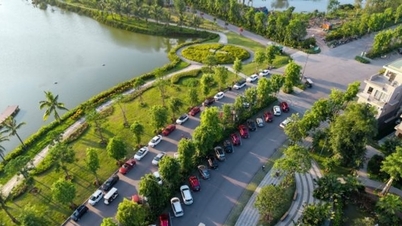

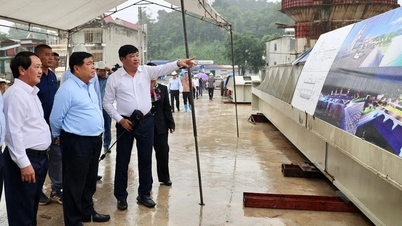






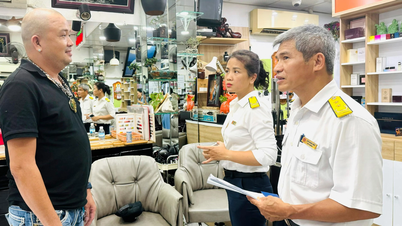




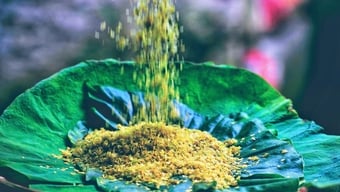
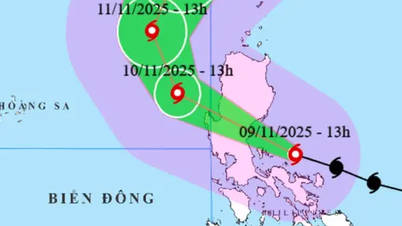
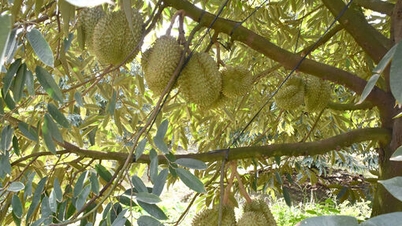
















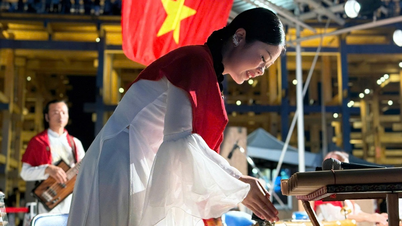

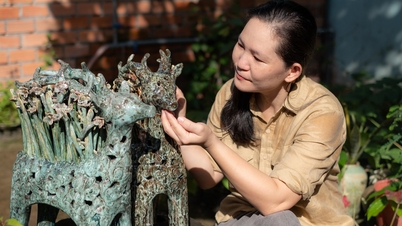

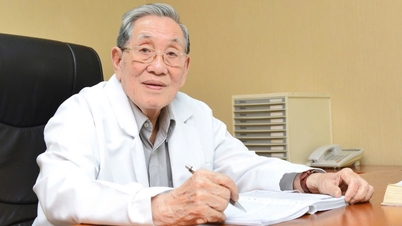





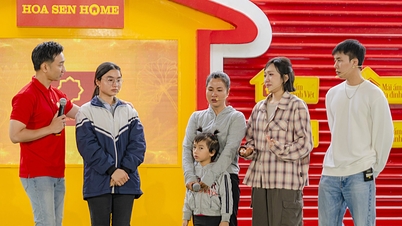












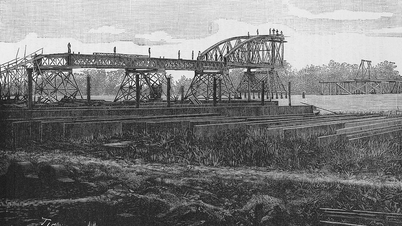

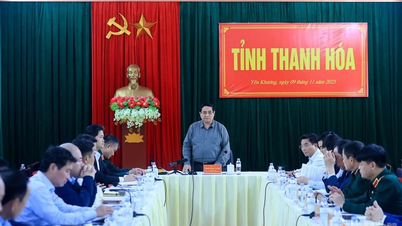




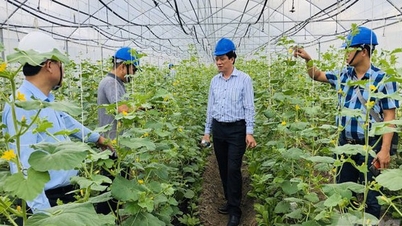
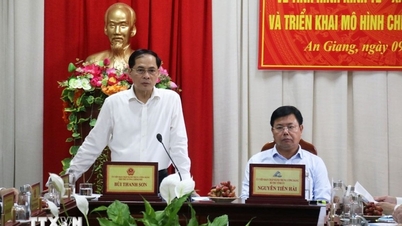





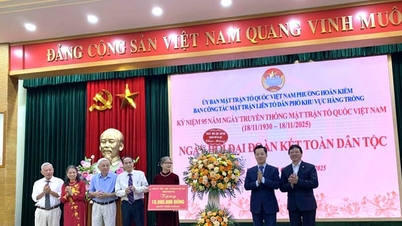














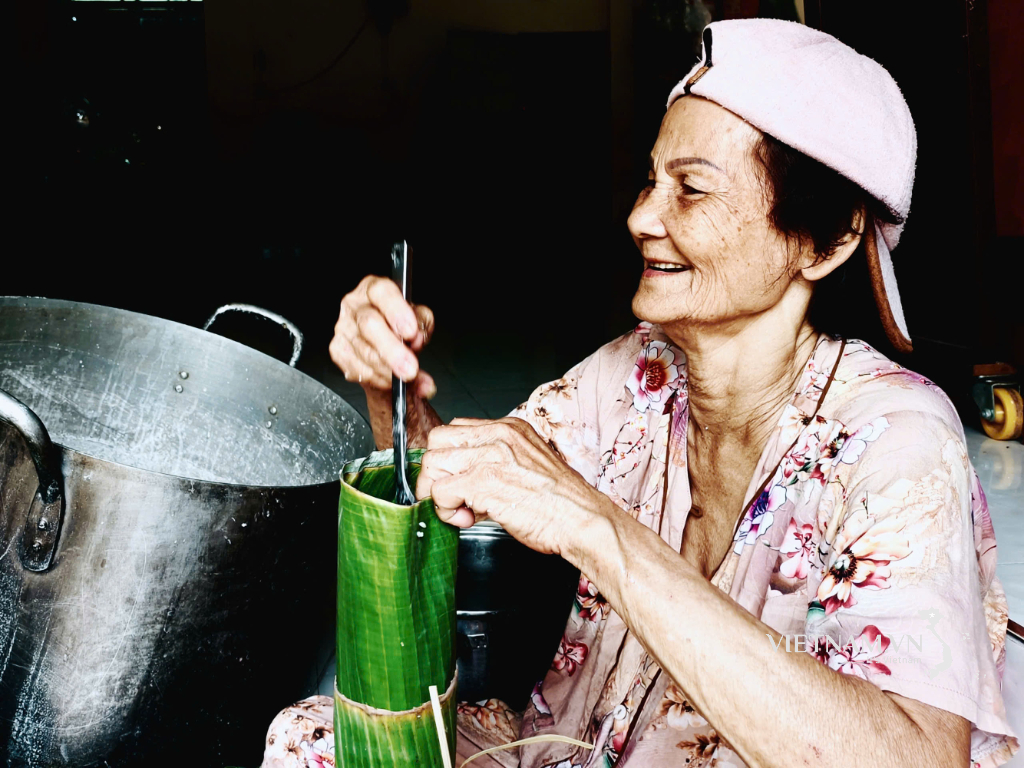
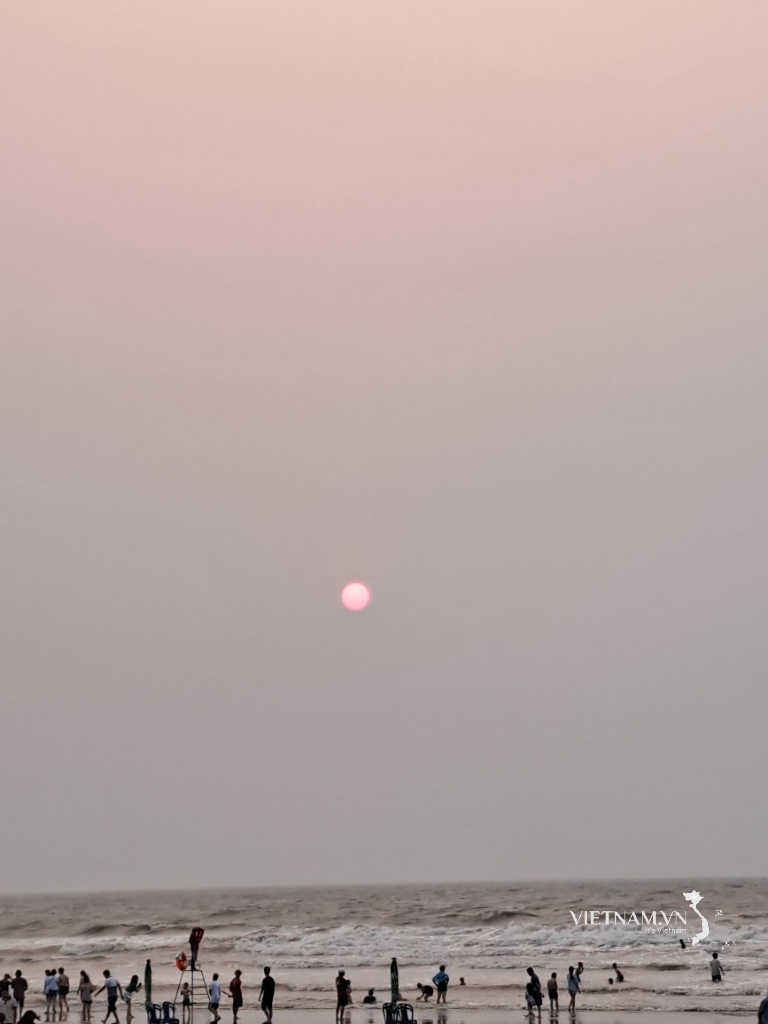


Comment (0)